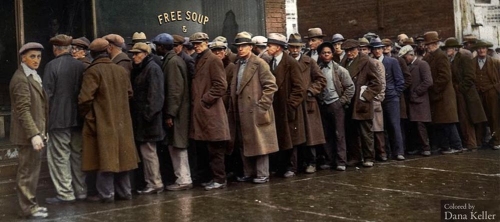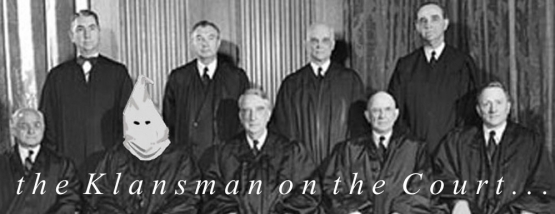 By the year 1937 it became a concern that an eighth of all those admitted to the nation's state-run mental hospitals were between the ages of 15 through 24. On a similar note, it was revealed that 40% of employable youth were entirely unable to secure positions during this this same period. These matters were made known as a result of the efforts put forward by the Youth Commission of the American Council of Education - a group that began compiling such data in 1935. It must have been very difficult to maintain a sunny disposition back in the Thirties! No doubt, residents of the Great Depression would often have to make their own "good news". For example, that same month in 1932 when this article appeared it was also announced that "for the first time in the nation's history alien emigration from the United States during the last fiscal year exceeded immigration [to the United States], figures being 103,295 and 35,576 respectively" - there! For those people who disliked hearing foreign accents on the streets, there was a glimmer of hope - and that's what this article was all about: finding hope. Written during the later years of the Great Depression, these columns summarize the sad lot of America's Black population - their hardships, ambitions, leadership, and where they tended to live.
"When the Depression struck, Negroes were the first to lose their jobs. Today, 1,500,000 colored adults are unemployed."
A 1938 article about the hardships of the Southern States during the Great Depression can be read here...
Click here to learn about the origins of the term "Jim Crow".
 |
"'SOAK THE RICH!' has been a popular slogan for generations. President Roosevelt knows the people and he knows that this cry is even more popular now than it ever was before. Taxes which increase the cost of living and hang so heavily on the poor cannot be popular... But pick some taxes that bear down on the rich and - and then you have something which everyone will hurrah for. The number of rich are comparatively few, and hence their votes and influence can be disregarded entirely."
President Roosevelt's plan was to tax this minority for 75 percent of their income.
To read about the dwindling good fortune of the rich, click here...
This is an interesting article that assesses the financial abilities of each of the 48 states in 1935 in an effort to illustrate that the ten "richest" states, as a result of their minority status on Capitol Hill, were in no position to cry out about majority tyranny when the insolvent 38 states rigged a deliberately unfair tax code that would see to it that they alone would pay the nation's bills.
"The 'rich' people may howl and growl and moan at having to foot the bills for everything, but there's no remedy for it... The reason is this: our parade of poor states totals 38, while the rich states number only ten. The figures show that these rich states, which have only one-third the population, have to pay two-thirds of the taxes. The 10 richest states have only 20 Senators in the Senate, while the 38 poor states have 76. The rich are decidedly in the minority and there is no way for them to change the set-up."
|
MORE ARTICLES >>> PAGE: * 1 * 2 * 3 * 4 * 5 * 6 * 7 * 8 * 9 * 10 * 11 * 12 * 13 * 14 * 15 * > NEXT |
|